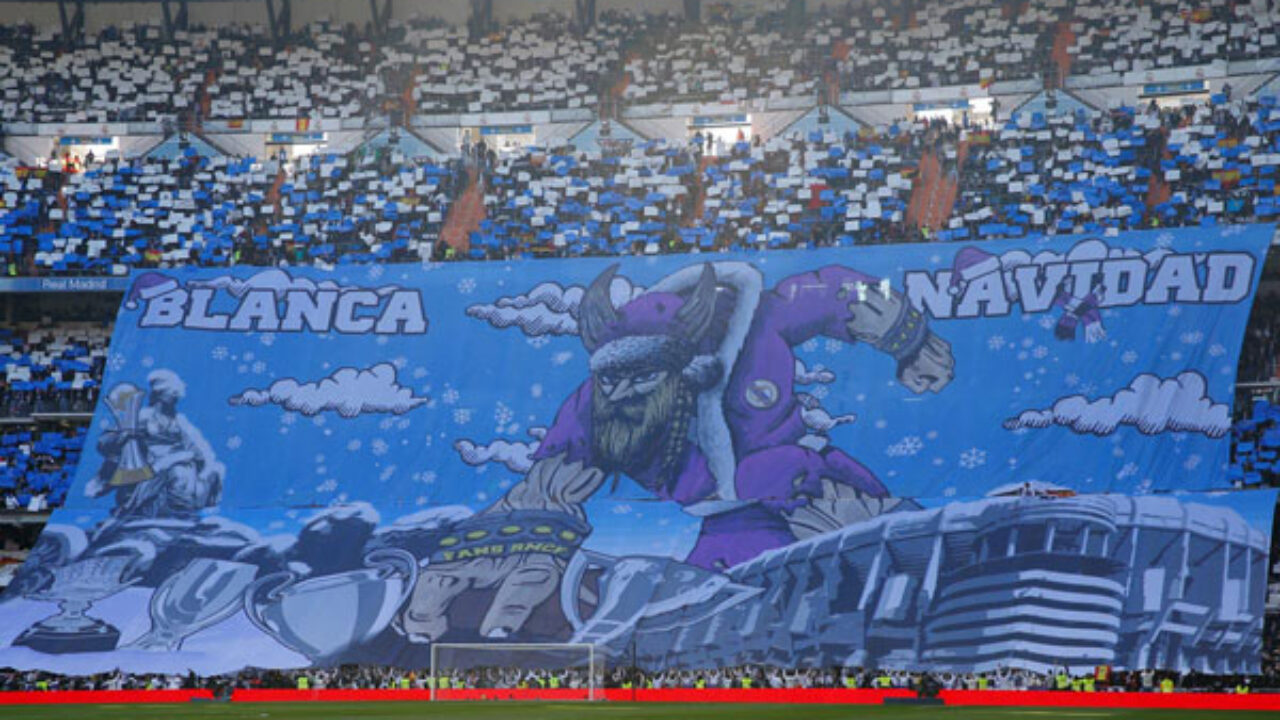

 Español
Español

Fans of Real Madrid and Barcelona have long been referred to as Vikingos and Culés, respectively, and both clubs' supporters proudly refer to themselves as such. Both terms have been freely used among fans for years and are not considered derogatory in any way. Both words' origins have been widely debated - even outside of Spain - with various theories as to how they came to be.
In the case of the Vikings, there are two theories. The first dates back to the 1960s and it is said that there was an article in The Times in which it was said that "Real Madrid wanders around Europe like the Vikings once walked, destroying everything in its path".
The other theory goes a little further in time, also coinciding with the time when this nickname began to become popular. In the 1970s, Real Madrid signed several players from northern Europe (Netzer, Breitner, Stielike and Jensen). They all had a Nordic look reminiscent of the Vikings and it is said that this was when the Madridistas began to be known in this way.

While in the case of the Culés, the name's origin is fairly clear. It dates back to the club's infancy, when the team first played in a proper stadium. Barça was founded in November 1899 and spent their first season at the Velódromo de la Bonanova, which they rented and shared with FC Catalán, a club that had been founded the month before. From there, Barcelona relocated to a makeshift pitch adjacent to the luxurious Hotel Casanovas, which was also owned by the club. By this time, the club had grown in popularity, with tens of thousands of fans attending home games. But Barça still lacked a permanent home, and after just one season, they were on the move again, first to a ground near the Carretera de la Horta, then to another near Calle Muntaner.
After purchasing land on Calle de la Indstria (renamed Calle de Paris in 1922) in March 1909, the club finally settled. The Camp del Carrer Industria, dubbed "La Escopidora" by locals, was unable to accommodate all of Barça's rapidly growing fan base. It had a seating capacity of 6,000, but for home games, hundreds more showed up. Those who could not get into the stadium sat on the concrete wall that ran around the pitch perimeter, determined not to miss out on an afternoon of football. On matchdays, all you could see on Calle de la Indstria was a row of bottoms - the backsides of those watching from the sidelines. Culo is the Spanish word for bottom, and Cul is the Catalan equivalent. So Barça fans who sat on the wall of La Escopidora to watch games became known as Culers in Catalan, or Culés in Castillian Spanish, loosely translated as The Bottomers, or Bleacher Bums...